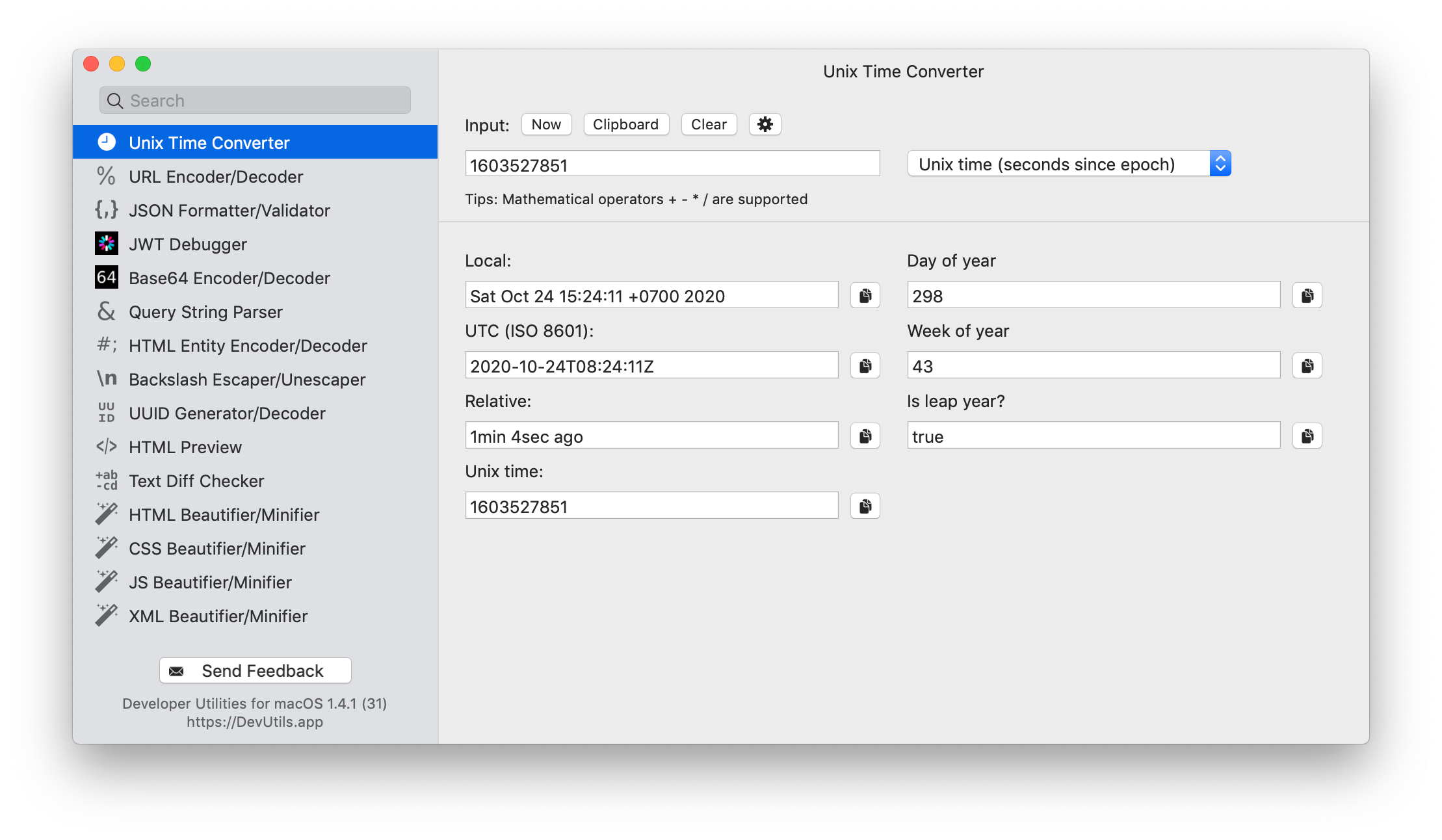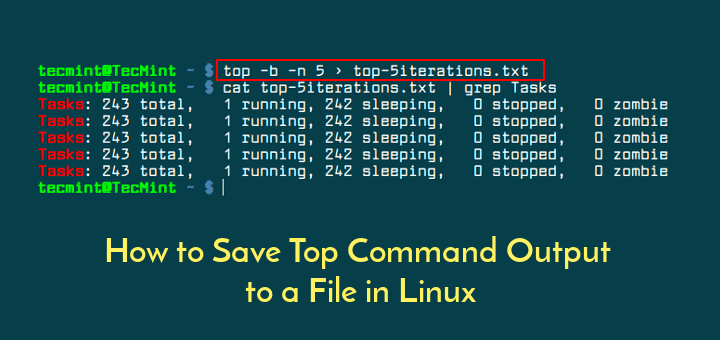

Then, state the location at which the new file should appear. To copy a file, specify “cp” followed by the name of a file to copy. The Linux cp command is used for copying files and directories to another location. Another option to grep two strings: grep ‘word1\|word2’ input. Finally, try on older Unix shells/oses: grep -e pattern1 -e pattern2 *. Next use extended regular expressions: egrep ‘pattern1|pattern2’ *. How do I grep for multiple patterns? Use single quotes in the pattern: grep ‘pattern*’ file1 file2. It is equivalent to ] (or \D, in Perl regular expressions). matches characters not in the range of 0 through 9. Specifically: matches any digit (like ], or \d in Perl regular expressions) and matches a four-digit sequence. Which grep command will display the number which has 4 or more digits? It is one of the most useful commands on Linux and Unix-like system for developers and sysadmins. In other words, grep command searches the given file for lines containing a match to the given strings or words. It is used to search text and strings in a given file. Grep is an essential Linux and Unix command. The pattern that is searched in the file is referred to as the regular expression (grep stands for globally search for regular expression and print out). The grep filter searches a file for a particular pattern of characters, and displays all lines that contain that pattern. find /home -user randomperson-mtime 6 -iname “.db”. Look for an empty file inside the current directory. Here, the c flag is used to display the time of last change to file metadata or file attributes. grep -L 'string' file1 file2 : Suppress normal output and show filenames from which no output would normally have been printed. To view the change time (ctime) timestamp, run ls -lc command: ls -lc ostechnix.txt -rw-rw-r- 1 sk sk 21 Nov 11 17:31 ostechnix.txt. Let us summaries all the grep command option in Linux or Unix: grep -l 'word' file1 file2 : Display the file name on Linux and Unix instead of normal output. jpg files in the /home and directories below it. Conclusion Grep from files and display the file name.
#Bash grep output file timestamp how to
If you need to know how to find a file in Linux called thisfile. news/newsbot/old/3filter.How do you use Find in Linux to find a file?īasic Examples find. This results in this very different output: That's nice, but what if I want to see the last modification time of these files, or their filesize? No problem, I just add the ls -ld command to my find command, like this: In my current directory, the output of this command looks like this: To get started, this find command will find all the *.pl files (Perl files) beneath the current directory: type f -name "*.java" -exec grep -l StringBuffer \ įrom time to time I run the find command with the ls command so I can get detailed information about files the find command locates. Note : I have tried with below sed command but it showing blank output because the mention time is not there in file. type f -not -name "*.html" # find all files not ending in ".html"įind files by text in the file (find + grep)įind. We often use it to check the number of times of a words, phrases, strings in a text file or patterns to find the number of occurrences of files with specific names under folders. type f \( -name "*cache" -o -name "*xml" -o -name "*html" \) # three patternsįind files that don't match a pattern (-not)įind. Linux grep command is one of the most commonly used command-line tools. iname foo -type f # same thing, but only filesįind. iname foo -type d # same thing, but only dirsįind. iname foo # find foo, Foo, FOo, FOO, etc.įind. name foo.txt # search under the current dirįind /users/al -name Cookbook -type d # search '/users/al' dirįind /opt /usr /var -name foo.scala -type f # search multiple dirsįind.

#Bash grep output file timestamp full
Almost every command is followed by a short description to explain the command others are described more fully at the URLs shown:įind / -name foo.txt -type f -print # full commandįind / -name foo.txt -type f # -print isn't necessaryįind / -name foo.txt # don't have to specify "type=file"įind. If you just want to see some examples and skip the reading, here are a little more than thirty find command examples to get you started. In this article I’ll take a look at the most common uses of the find command. It can search the entire filesystem to find files and directories according to the search criteria you specify. Besides using the find command to locate files, you can also use it to execute other Linux commands ( grep, mv, rm, etc.) on the files and directories that are found, which makes find even more powerful. Linux/Unix FAQ: Can you share some Linux find command examples? You can now hire Alvin Alexander for Scala or Flutter side projects!Ĭontact me at (al) at valleyprogramming (dot) com for details.


 0 kommentar(er)
0 kommentar(er)
